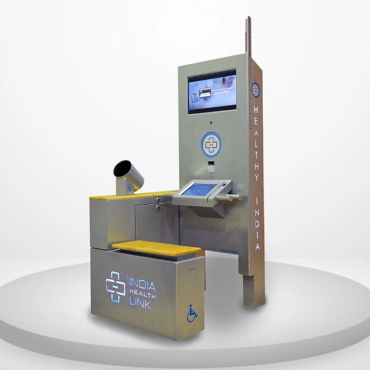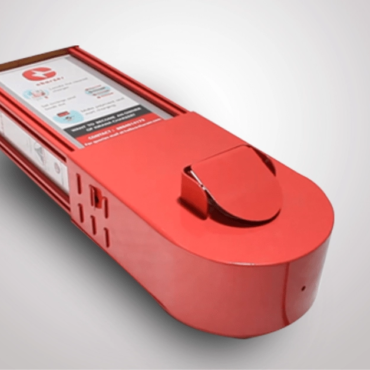Precision Manufacturing: Sheetmetal Fabrication for Autonomous Traffic Robot
75% Total cost reduction for low-volume production
95.5% Cost reduction in the head region
75.5% Cost reduction achieved in hand region
Background
In recent years, sheet metal fabrication has become integral to manufacturing due to its versatility, cost-effectiveness, high strength, and durability.
This case study focuses on a contract manufacturing project by Srushty CM that involved the creation of an autonomous traffic robot, emphasizing the challenges faced and the innovative solutions implemented in precision sheet metal fabrication.
The Challenge – To achieve low cost, High quality in low-volume manufacturing
The project aimed to design and manufacture an autonomous traffic robot using sheet metal, addressing the need for cost-effectiveness, stability in open environments, and ergonomic functionality.
Traditional methods involving tooling or 3D printing were deemed costly or brittle for critical profiles, requiring a unique approach to meet design parameters with limited tolerances.
The primary challenges included low investment requirements, achieving aesthetic perfection comparable to injection molding using sheet metal, and finding a cost-effective method for validating prototypes without resorting to expensive tooling.
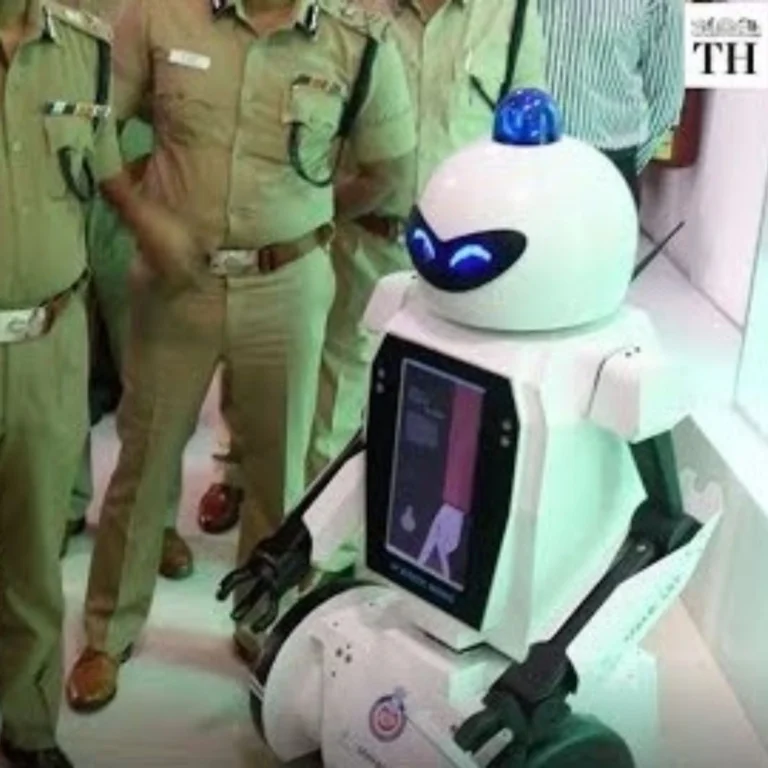
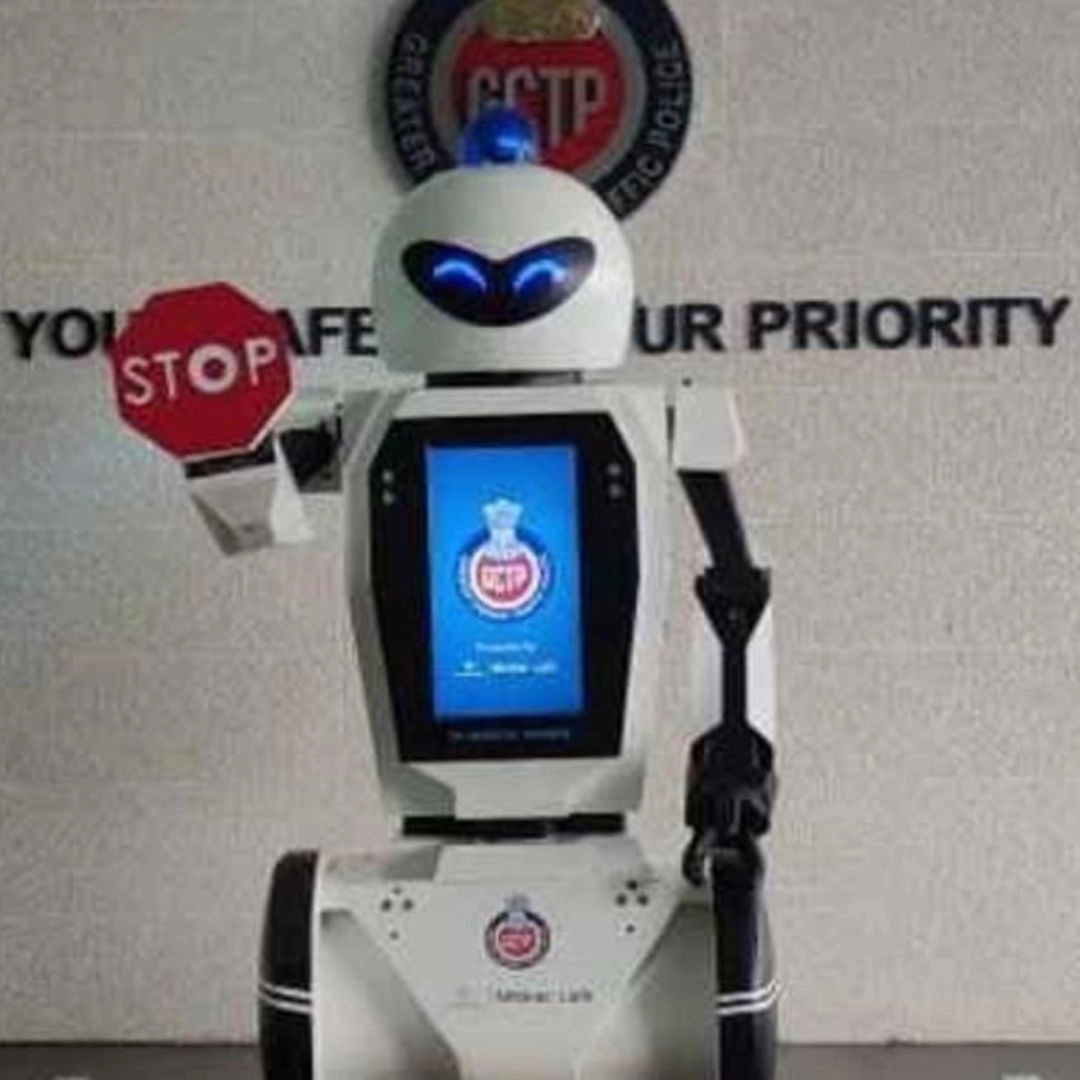
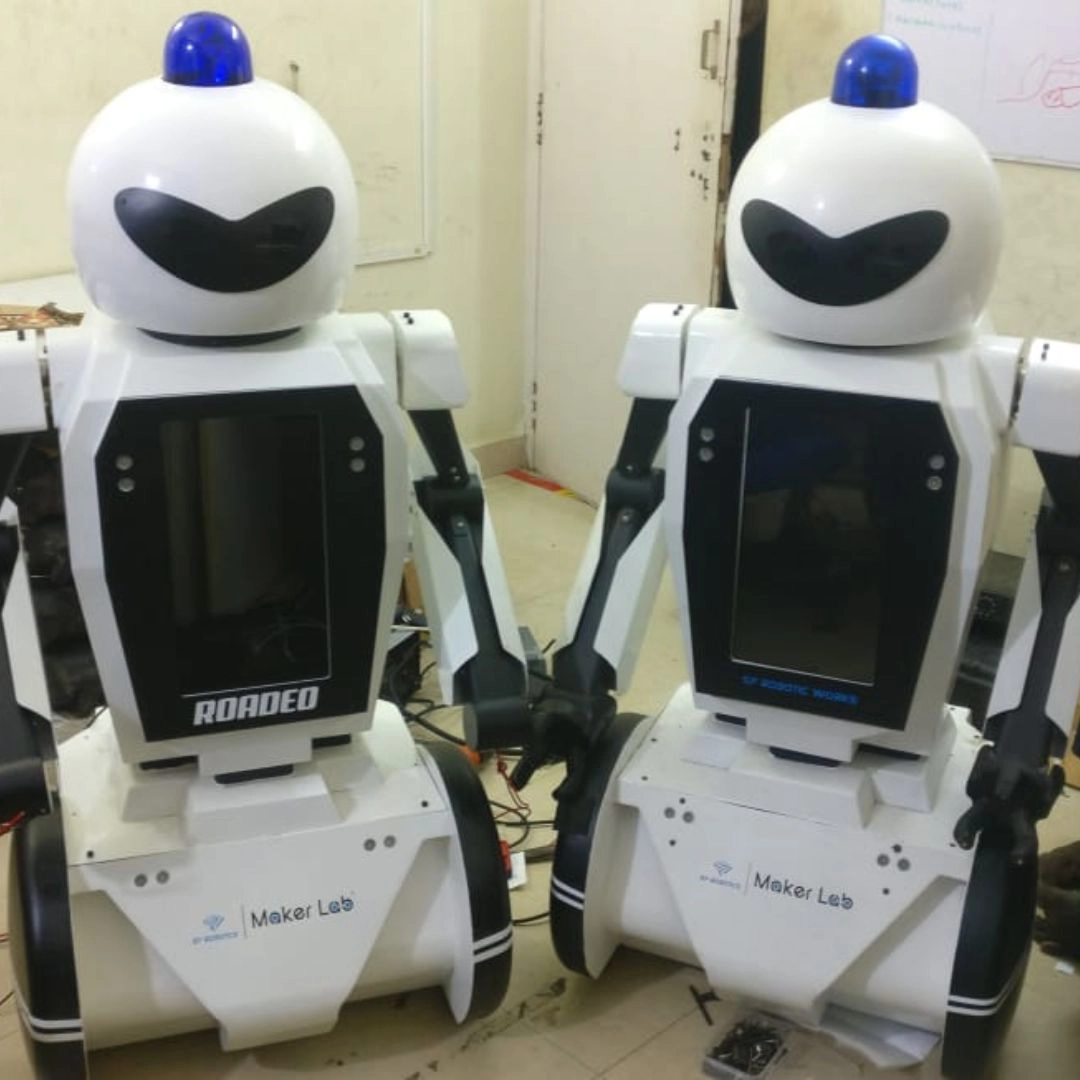
The Objective
The client, SP Robotics, sought a solution to reduce human effort in traffic management. The objective was to manufacture the robot using sheet metal without the need for expensive tooling or plastic components, ensuring cost-effective prototyping while maintaining stability, safety, and ergonomic functionality. The development process encompassed mechanical, electrical, and programming aspects.
Implementation and Solution
To overcome these challenges, the manufacturing team devised a cost-effective approach utilising precision sheet metal design and processes for critical shapes and profiles. Instead of opting for high-cost tooling, the team employed a unique “Split & Make” concept for the head region, dividing it into three halves during design and later precision welding them together using tungsten inert gas welding. The hand region was similarly addressed with a combination of cutting, forming, and welding, eliminating the need for 3D printing
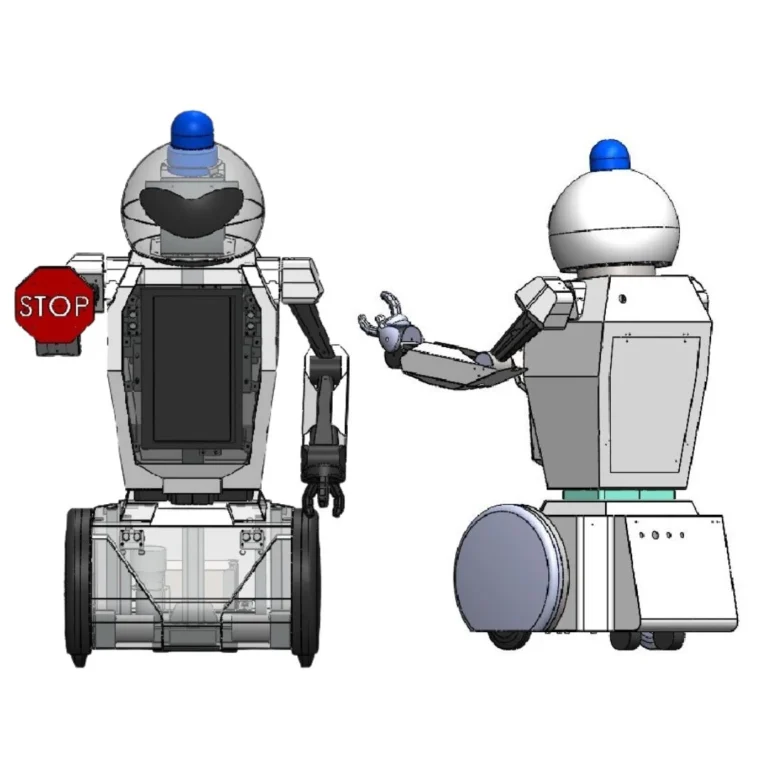
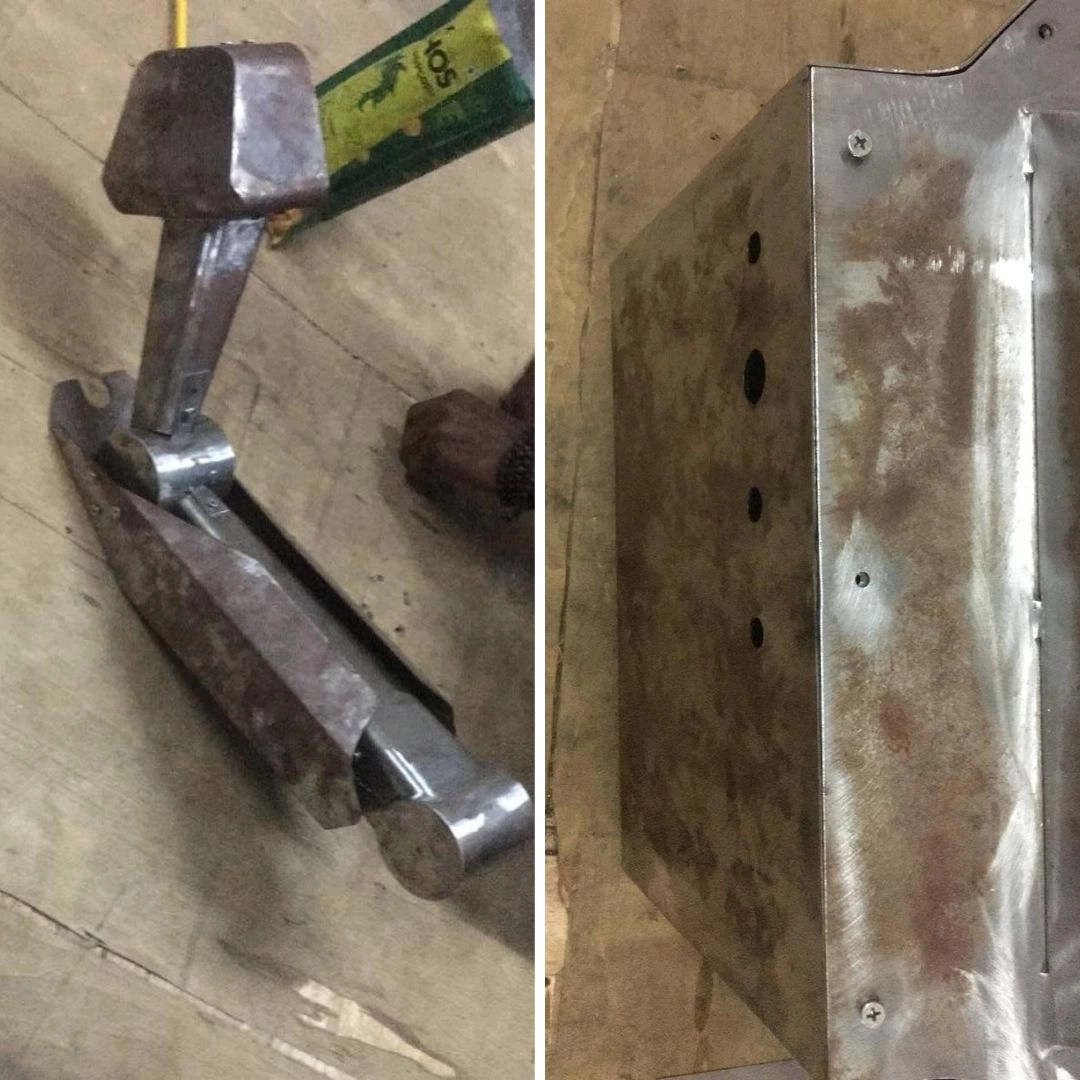
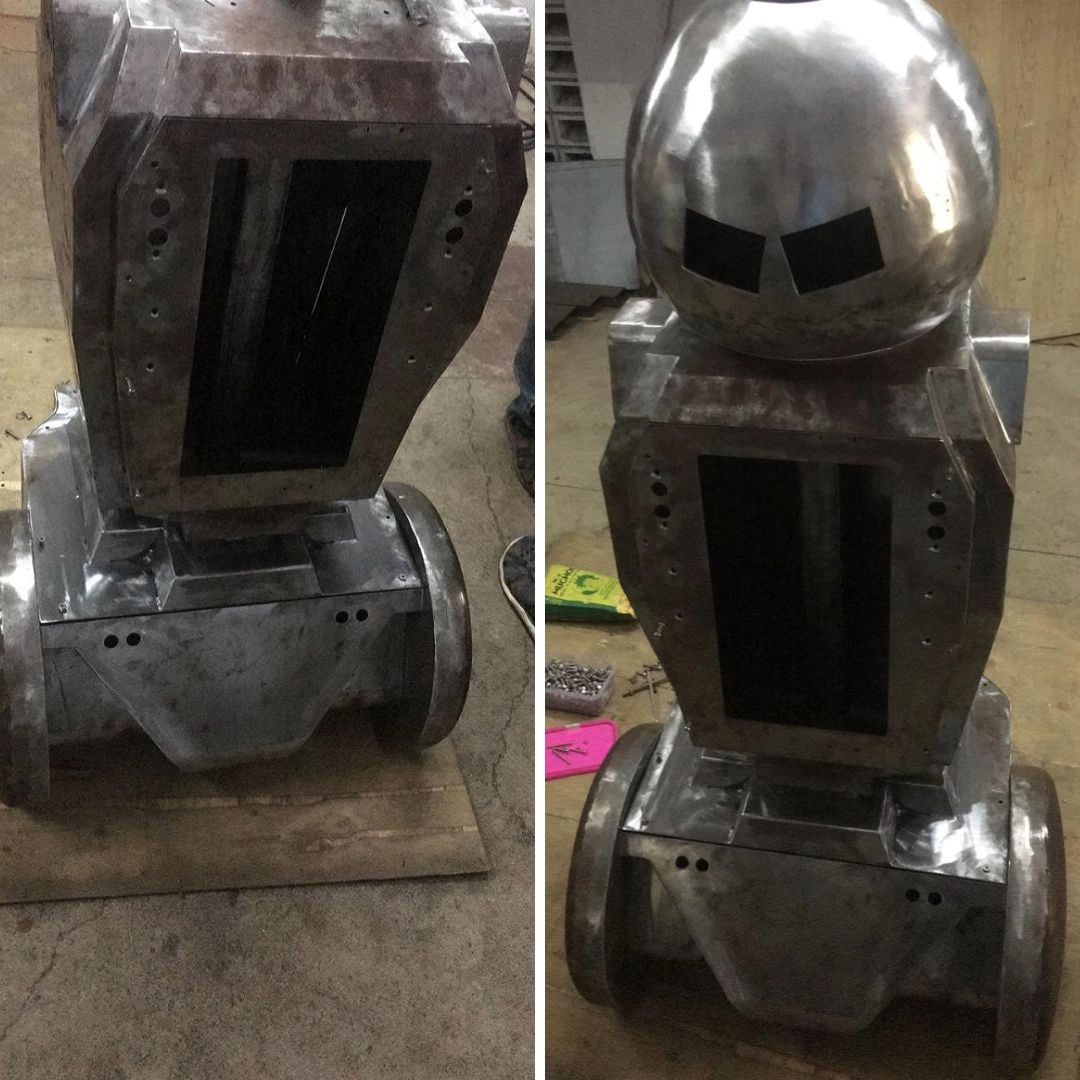
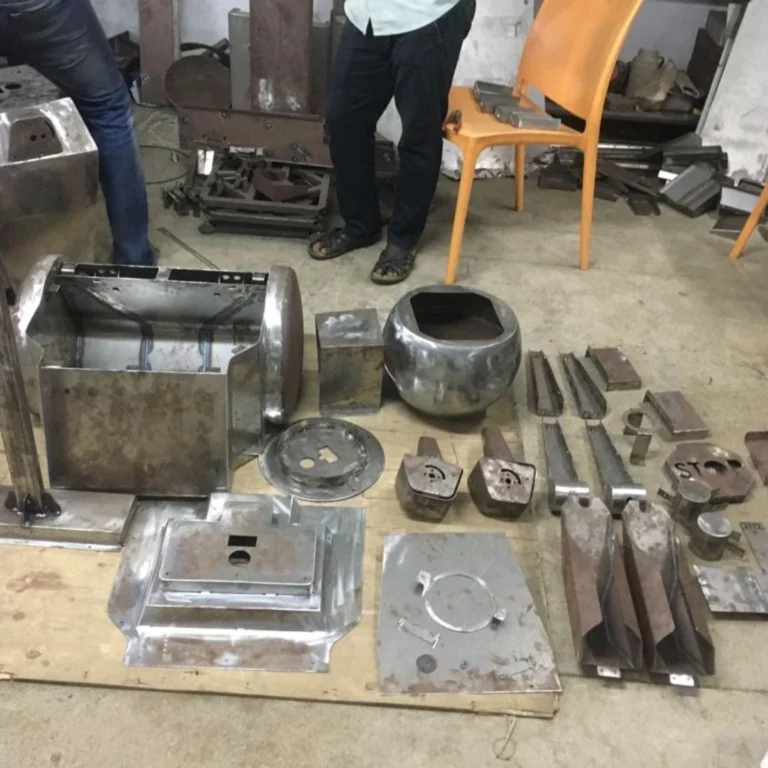
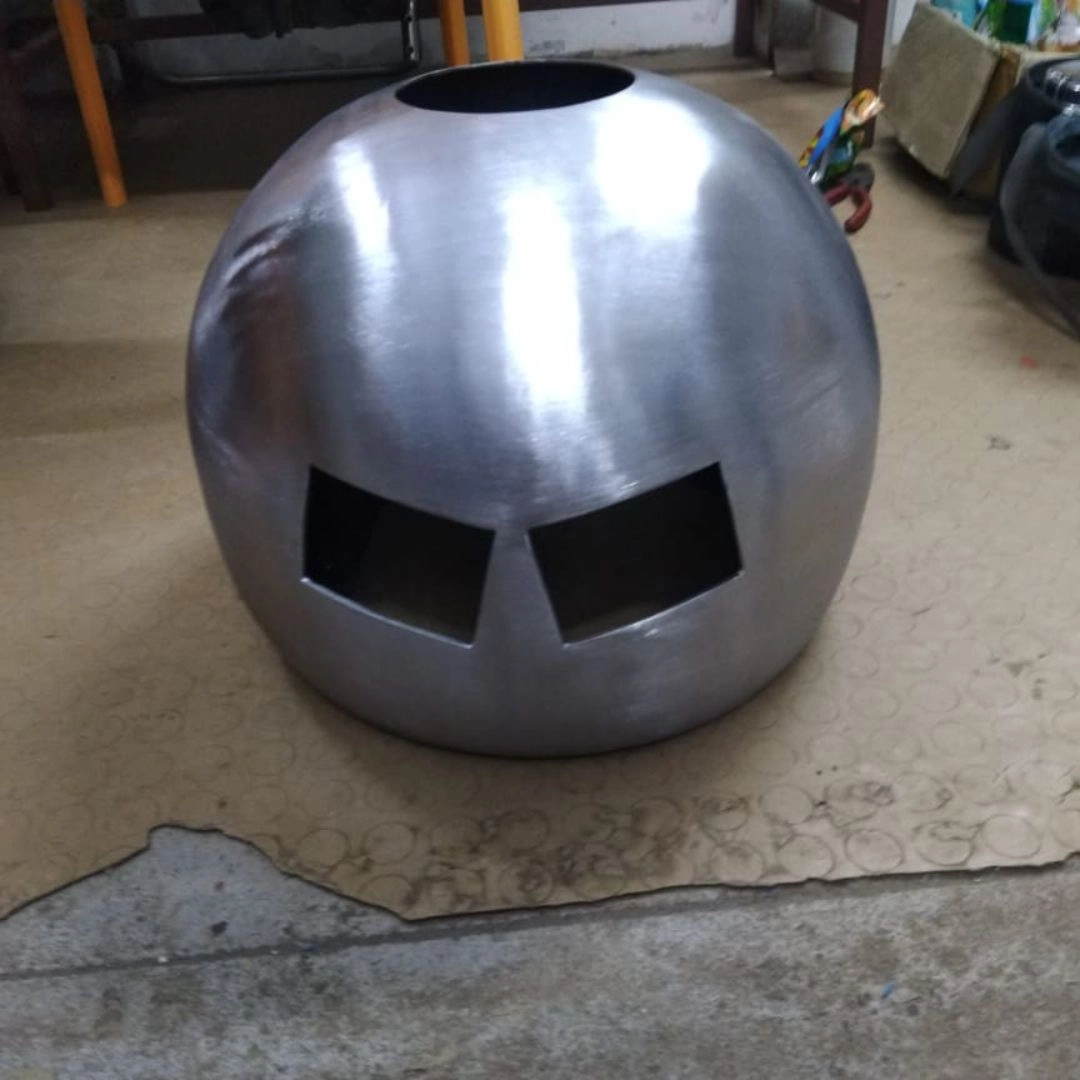
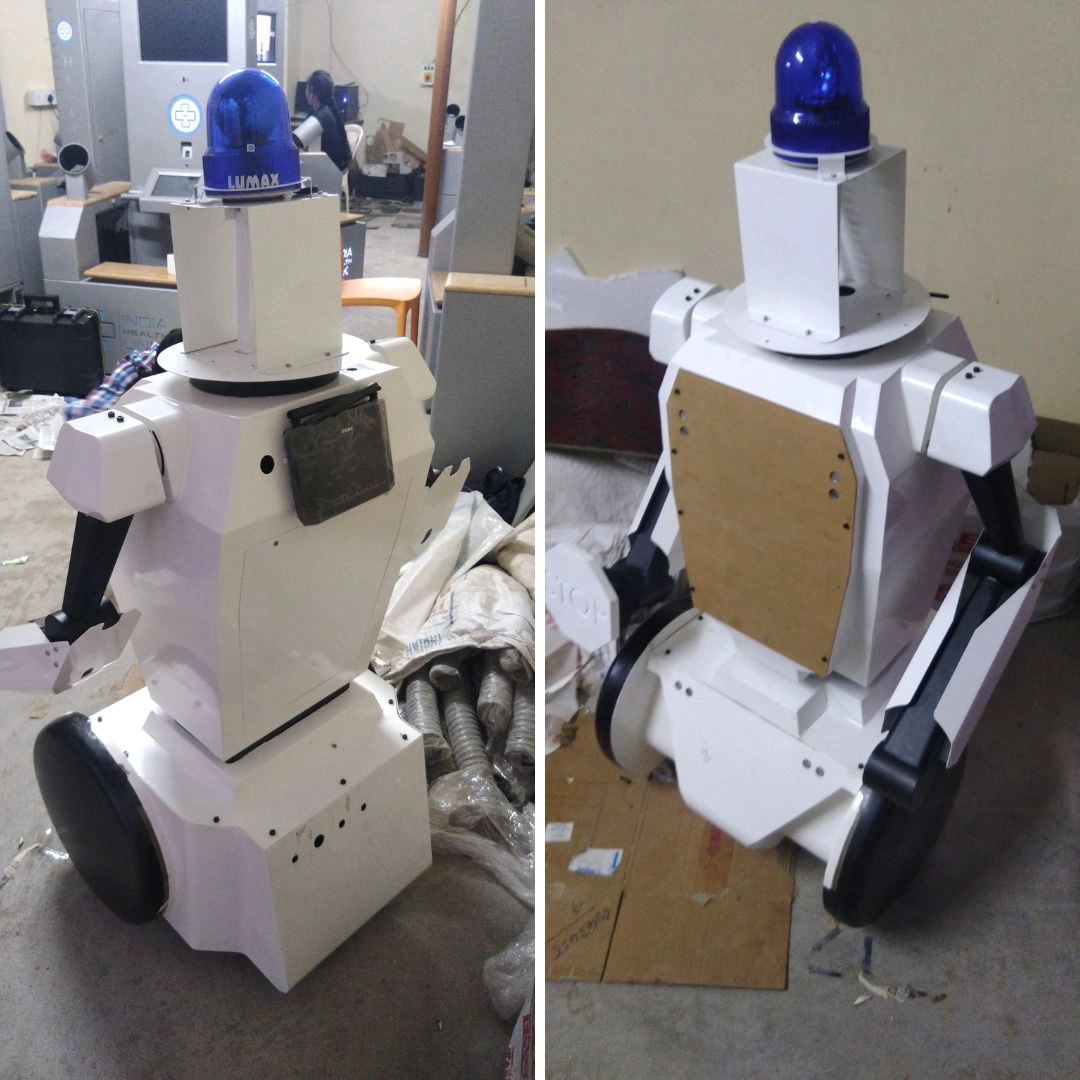
Technologies/Tools Involved
The manufacturing process involved precision sheet metal techniques, corrosion protection through surface coating, and the integration of various components such as batteries, motors, castor wheels, siren lights, ultrasonic sensors, and acrylic elements. This approach allowed the team to achieve the desired aesthetic perfection and functionality without the use of expensive tooling.
Impact
- 75% Total cost reduction for low-volume production
- 95.5% Cost reduction in the head region
- 75.5% Cost reduction achieved in hand region
The estimated tooling cost for the head region was Rs. 150,000-200,000, reduced to Rs. 7,000-9,000 with sheet metal. Similarly, the hand region, initially budgeted at Rs. 35,000-40,000 for 3D printing, was achieved at Rs. 9,000-10,000 with sheet metal. The total unit cost, initially estimated at Rs. 3-4 lakhs with tooling, was successfully brought down to 1-2 lakhs through innovative sheet metal operations for low-volume production.
By employing inventive applications of sheet metal and meticulous fabrication techniques, substantial cost reductions were achieved in the manufacturing process, resulting in the development of a resilient architecture for the autonomous traffic robot. The utilization of precision sheet metal not only fulfilled the client’s specifications but also yielded noteworthy cost savings in contrast to conventional manufacturing methods.








